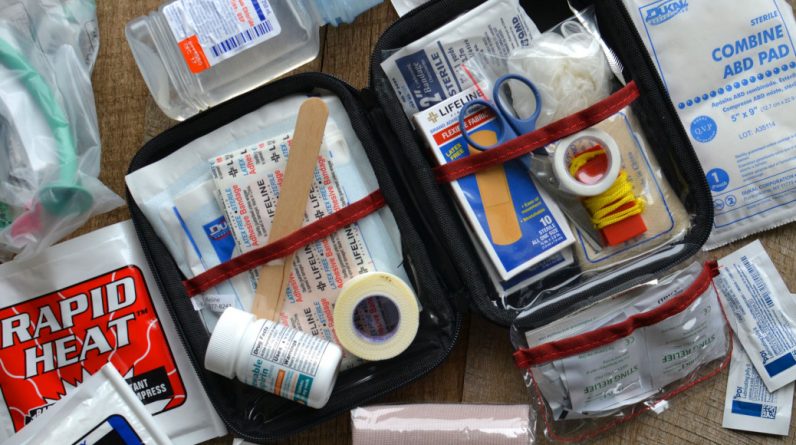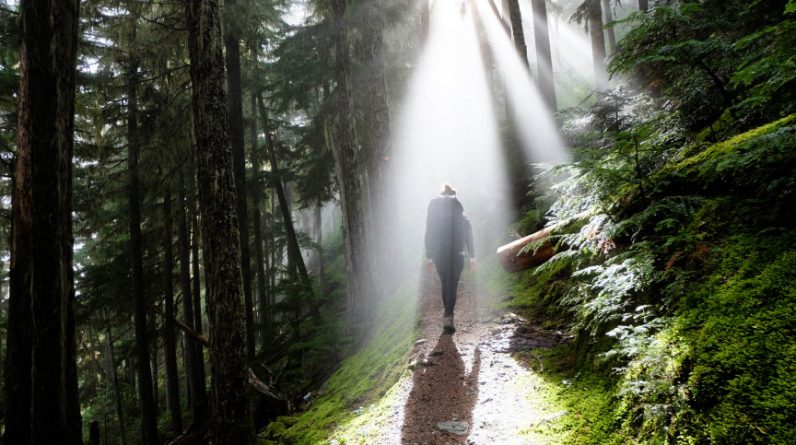
Stage 1. There is no way to predict when disaster may strike. The best way to survive disaster is to first prepare for a short-term emergency, such as 72 hours. That is why your purchase of quality survival kits for each member of your family and pets is highly recommended. Once you have done that, you can at least feel better knowing that you have taken the first step to preparing for a small disaster.
Unfortunately, many disasters are not small. Take Hurricane Katrina of 2005, for example. Hurricane Katrina spread destruction across 7 states, with New Orleans, Louisiana being the hardest hit. If you don’t live in an area which typically suffers attacks from hurricanes, how safe are you from other natural disasters? The extreme temperatures of 1980 killed 1260 people in the United States.
The 1980 disastrous heat wave and drought caused crops to fail and the resulting food shortages brought increased food prices to consumers. Since storms typically cause over half of natural disaster fatalities, why not focus your initial survival planning there? Storms often knock out electrical power from wind, flooding or snow, so plan for storm disasters first; especially if you feel overwhelmed with all of the “what ifs” disaster scenarios.
Stage 2. Once you are satisfied that you and each member of your family can survive an emergency for three days, then immediately make a survival plan for one week! Yes, I am talking serious disaster preparedness here! Last winter a storm hit our area with 90 mile/hr. winds and the power went out.
One section of our community was without power for two weeks with below zero temperatures. Another community in our state had a total snowfall of 18 feet in January 2012 while another community had 27 feet of snow. There were no deaths, and neighbors helped neighbors, people didn’t panic, a lot of small generators powered up, wood stoves burned through lots of stored wood, and all survived. People hauled water when their pipes froze, and didn’t starve, because they were well prepared with canned and smoked fish, frozen moose meat, and canned/frozen berries and garden veggies. Local community agencies offer many resources to help residents survive. By this time you may be thinking that our climate is harsh.
Yes, and we don’t run from it, either. We stock up on food and wood and other supplies all summer. We hunt, fish, can, dry, and freeze foods to store for winter. We prepare, dig in, and survive! You can, too. Even if you are living in an urban setting, you can buy items on sale, and stock up!
Stage 3. That brings me to the subject of extreme disaster preparedness – planning to survive one month! Yes. Our winters in Alaska are 8-9 months long! Oh yes, we have cities here. We work and buy food at stores just like everyone else. But if you have ever been here, you may have left with the impression that Alaskans are serious about their rights to subsistence fishing. Moose hunting season empties a lot of offices around Anchorage and Fairbanks in the fall season. Winter comes once a year, and it’s rough, so we make ready.
Sounds easy? Well, someone told me that researching something is the easiest part of any project. The hardest part is to stop researching and START DOING!
So let’s start with the easy part – research. There is a plethora of information available online. There are disaster plan guides you can download, survival lists, and gardening tips galore. There are government agencies with resources to help.
Utilize your LOCAL community resources to find out about local edible plants and how to get the most out of your gardening efforts for your own climate and soil types. Check out university extension services in your area for edible plants indigenous to your area and plant the seeds they recommend. These are just a few ideas.
START DOING NOW! Revise your Survival Plan to supply you and your loved ones for at least one month. Include renewable resources native to your region and a few hand tools. Drill it down to just the essentials on your list of survival items. If you can survive one month, you will survive 9 months! By doing your research, you have the knowledge you need for most emergencies.
Collect your survival items on your list and keep to the essentials. Survival products make your job easier. Most of the planning is already done for you. Most websites have product categories which have your major survival concerns organized. Make your survival items list and shop carefully for first aid supplies, survival kits, storage foods, and survival equipment based on your research.


